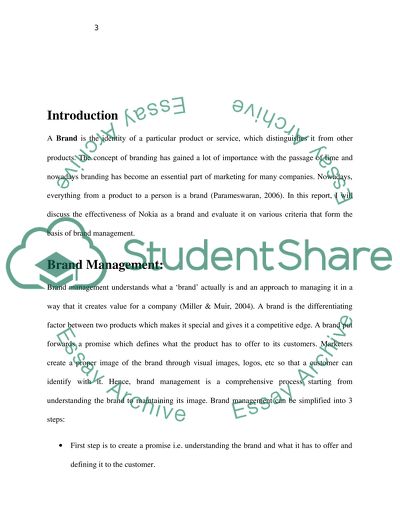Cite this document
(“Brand Management Term Paper Example | Topics and Well Written Essays - 2750 words”, n.d.)
Retrieved from https://studentshare.org/environmental-studies/1405435-brand-management
Retrieved from https://studentshare.org/environmental-studies/1405435-brand-management
(Brand Management Term Paper Example | Topics and Well Written Essays - 2750 Words)
https://studentshare.org/environmental-studies/1405435-brand-management.
https://studentshare.org/environmental-studies/1405435-brand-management.
“Brand Management Term Paper Example | Topics and Well Written Essays - 2750 Words”, n.d. https://studentshare.org/environmental-studies/1405435-brand-management.


